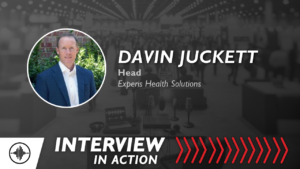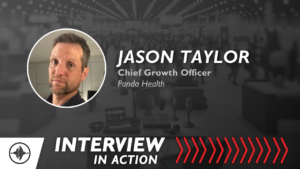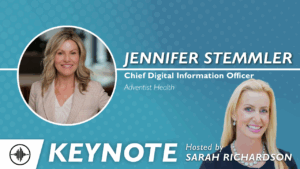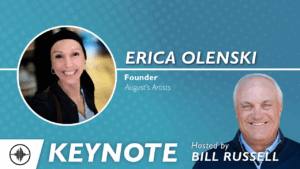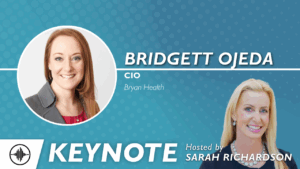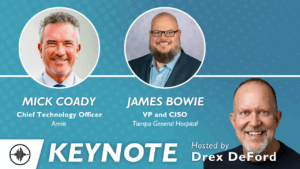
John Halamka, MD, President, Mayo Clinic Platform
We have written often about the social determinants of health (SDOH), a problem that continues to challenge healthcare policy makers and bedside clinicians alike. In a recent New York Times article, Nicholas Kristof described the profession’s inability to adequately address the issue as “the scandal that is American Health Care.”
His statistics certainly justify this indictment:
- The average person in Mississippi will not make it past age 72 (71.9), compared to Bangladesh, where life expectancy is 72.4.
- Life expectancy in Alabama, Arkansas, Kentucky, and Louisiana are less than 74 while those living in Japan, Australia, and South Korea typically live to age 84 or beyond.
- Neonates in India, Rwanda, and Venezuela have a longer life expectancy than Native American newborns.
- About 150,000 toe, foot, and leg amputations are performed in the United States each year, making us “a world leader.” They’re mostly the result of poorly managed diabetes.
These troubling statistics are inconsistent with the amount of money the U.S. invests in healthcare. According to the CDC, the nation spends about $4.3 trillion per year, about twice as much as other wealthy countries. Although there are numerous contributing causes for this American scandal, SDOH play a major role.
The CDC describes these determinants as “conditions in which people are born, grow, work, live, and age, and the wider set of forces and systems shaping the conditions of daily life. These forces and systems include economic policies and systems, development agendas, social norms, social policies, racism, climate change, and political systems.” Addressing these issues will require systemic changes in national policies and changes in the attitudes of decision makers nationwide. But there are also measures that clinicians and technologists can implement that will have an impact.
Addressing “underlying problems”
In recent years, healthcare providers have become much more aware of the impact of social factors on their patients’ health and have taken steps to address these problems. Many have come to realize that improving clinical outcomes will never happen without fixing these underlying problems. Expecting patients to lower their HbA1c levels when they can’t afford the medication needed to lower their blood glucose is unreasonable; so is asking them to arrive for a clinic appointment when they have no viable means of transportation. Equally unreasonable: scolding them because they won’t replace their empty calorie snacks with fresh fruits and vegetables when they live in a food desert.
Many clinicians are tackling these issues by referring patients to a variety of community-based non-profit organizations. While these referrals can impact SDOH, some clinicians are moving beyond this screen-and-refer approach and taking a more direct interventional approach. Rahul Vanjani, MD, with Brown University, and associates suggest it may be time for physicians to serve as “street-level bureaucrats.”
Tapping social resources
Vanjani et al point out that there are many social resources can be tapped with the help of a physician’s direct input and signature. They cite the case of a diabetic patient living with his mother who was about to die, at which point he would no longer be eligible for the same subsidized housing his mother had been eligible for. The physician in care of the case spent three minutes printing out and signing a federal form — the US Department of Housing and Urban Development (HUD) Verification of Disability — which enabled the patient to remain in his mother’s apartment.
The authors point out that many clinicians don’t know anything about the “often untapped power of medical documentation… A lack of adequate paperwork is often used to justify denial of social services for which people are otherwise eligible, and clinicians can help patients get the necessary paperwork to document medical eligibility for services such as disability housing, prevention of utilities shut-off, disability income, improvement of housing conditions, prevention of incarceration, waiving of court fines and fees, and more.”
Of course, fixing social problems is only part of the solution. Our healthcare ecosystem devotes far too many resources to the treatment of late-stage disease and far too little on prevention and early detection. One study found that early detection of cancer would save $26 billion per year in the U.S. Several digital solutions are emerging to make early detection more readily available to clinicians and patients. For instance, a deep learning algorithm called Sybil, which is designed to predict the risk of lung cancer, has been validated on three independent data sets and has the potential to identify those at risk based on a single low dose chest CT scan.
At Mayo Clinic Platform, we have spent the last several years developing similar digital tools to improve early detection of disease. In partnership with Lucem Health, we have created an agnostic AI platform that can help detect prediabetes and diabetes and improve the early diagnosis of colorectal cancer. And in partnership with Anumana, we have created deep learning-based algorithms for the early detection of atrial fibrillation and other cardiovascular disorders.
The healthcare ecosystem faces major challenges, but with the right combination of compassion, teamwork, and machine learning, we see a bright future ahead.
This piece was written by John Halamka, MD, President, and Paul Cerrato, senior research analyst and communications specialist, Mayo Clinic Platform. To view their blog, click here.


